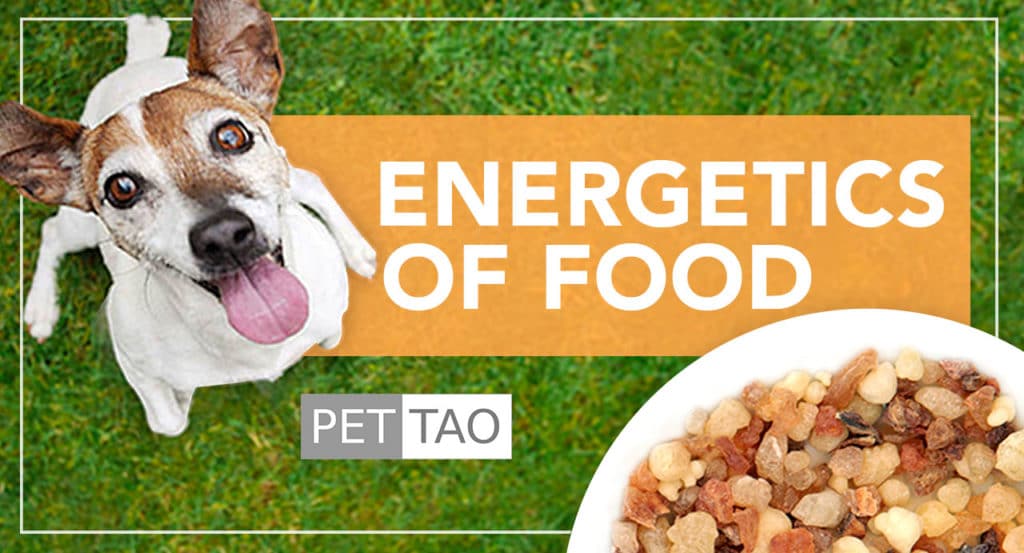What is Food Energetics?
Hippocrates once said: “Let food be thy medicine and medicine be thy food.”
In today’s world of fast food, processed food, and modern pharmaceuticals, the idea of “food as medicine” has been lost and forgotten.
Long ago, in ancient cultures, this concept of food as medicine and medicine as the food was important not only for survival but also for health.
Ancient cultures discovered that foods had very predictable physiologic and metabolic effects on the body.
This is when the theory of food energetics originated.
Warming vs Cooling
Food Energetics is not a Western concept.
In Eastern cultures, each naturally occurring source of food such as meats, plants, nuts, and fruits has an innate energetic quality—either warming, cooling, or neutral.
Although it may seem confusing, the designations of warming, cooling, and neutral in relation to “Food Energetics” have nothing to do with temperature.
Warming, cooling, and neutral in relation to “Food Energetics” denotes how each food affects the physiology and metabolism of the animal after consumption.
Warming foods tend to increase the metabolism and get the energy flowing, whereas cooling foods tend to calm the body and absorb some of the excess heat the body produces.
Such predictable effects on the body are easily recognized in our everyday diets.
For instance, a habanero pepper heats your body, gets your blood pumping, and makes you sweat.
A banana cools the body and regulates heat. We frequently eat foods according to the seasons such as warming chili (chili powder is energetically warming) in the winter and cooling watermelon in the summer.
The energetics of food are generally described using two ancient Eastern medicine philosophies: the principles of yin and yang and the five element theory.
The Five Elements
The five-element theory is based upon the five major organs of the body and how each food affects one or more of the organs.
The five major organs of the body:
- Heart
- Spleen
- Lung
- Kidney
- Liver
Our organs interact with one another in various ways.
The foods we eat can help promote one or more of our major organs. And, how the organs perform in the body.
For example, a person with heart disease should eat the beef heart. Or, a person with irritable bowel syndrome should eat beef tripe.
Some of the foods are not commonly eaten in Western cultures but have been a staple in Eastern culture diets for thousands of years.
Old Time Remedies
Many of our old tried and true remedies our grandparents taught us to utilize the exact same food energetic concepts.
For example, a common home remedy for a sore throat is lemon with honey.
Lemon and honey lozenges are even available at most local drug stores.
In Western cultures, we think of lemon as being acidic and may kill bacteria while honey has well-known antibacterial and antiviral properties.
However, according to Eastern medical theories of Food Therapy, honey and lemon elixir is a cooling mixture to counteract heat generated in the throat by an infection.
Another example would be apples or apple juice to relieve constipation.
In Eastern medicine, apples increase the energy flow of the body.
The energy flow of the intestines is stimulated and thus the constipation is relieved.
Isn’t it interesting how Grandma’s old-time cures fall right in line with Eastern food energetics?
It is within individual food energetics, that we are able to utilize their collective therapeutic benefits.
We use “Food Energetics” as our guiding principle. We formulate our diets with unique ingredients to keep the body in harmony or return the body to harmony.
The Yin & Yang of the World
The Yin/Yang theory describes how every naturally occurring event has equal and opposite forces in nature.
Some examples of Yin/Yang are: hot/cold, light/dark, day/night, weak/strong, soft/hard, dry/moist, man/woman, etc.
One force cannot exist without the other and often times one force is the origin for the other. The Yin/Yang forces are in constant motion, conflict, and struggle.
The ultimate goal is a balance between each opposing force.
All foods (ingredients) have this yin/yang principle in the form of cooling, warming, or neutral.
Now, you can give your pet a new lease on health using food for energetic balance and health.
PET | TAO pet food combines Western nutrition with Eastern food therapy in easy-to-use formulas.








